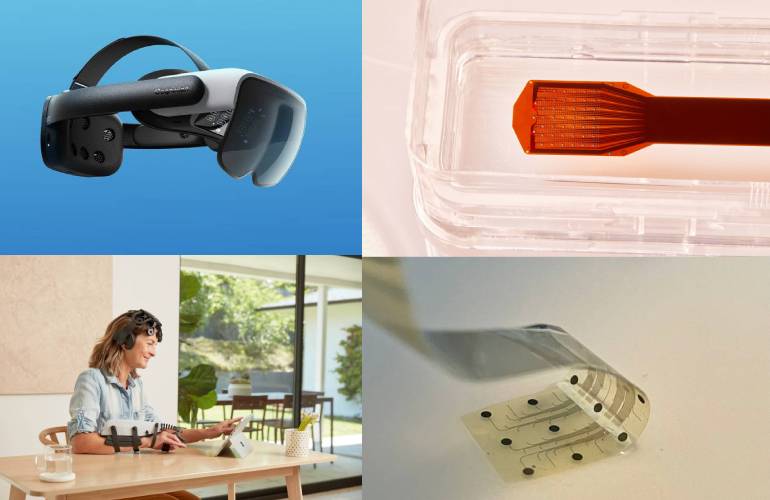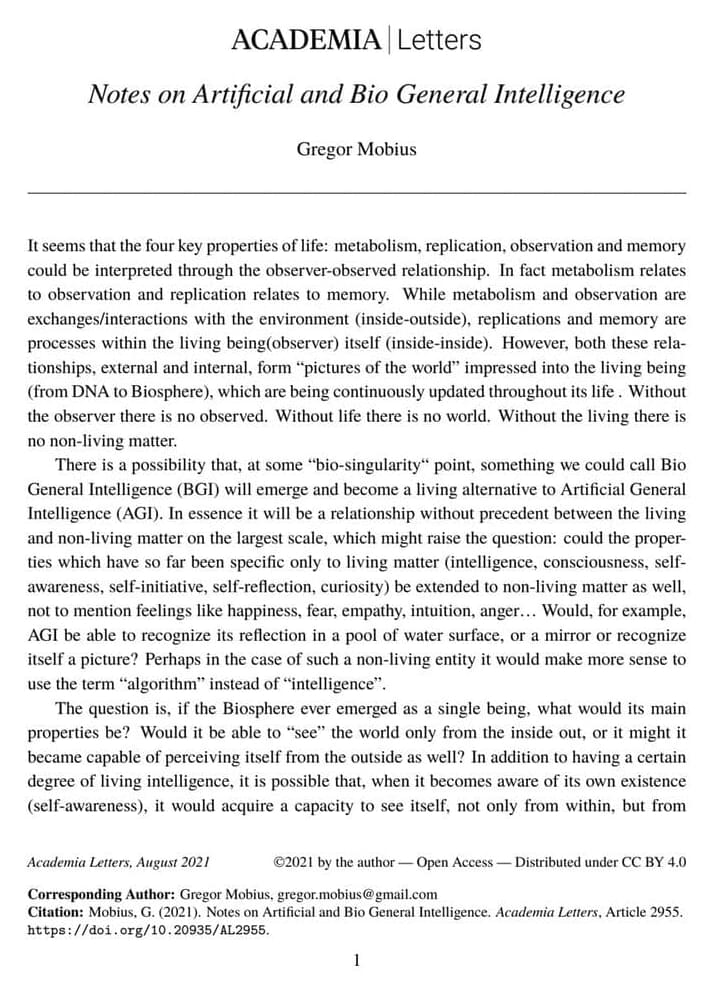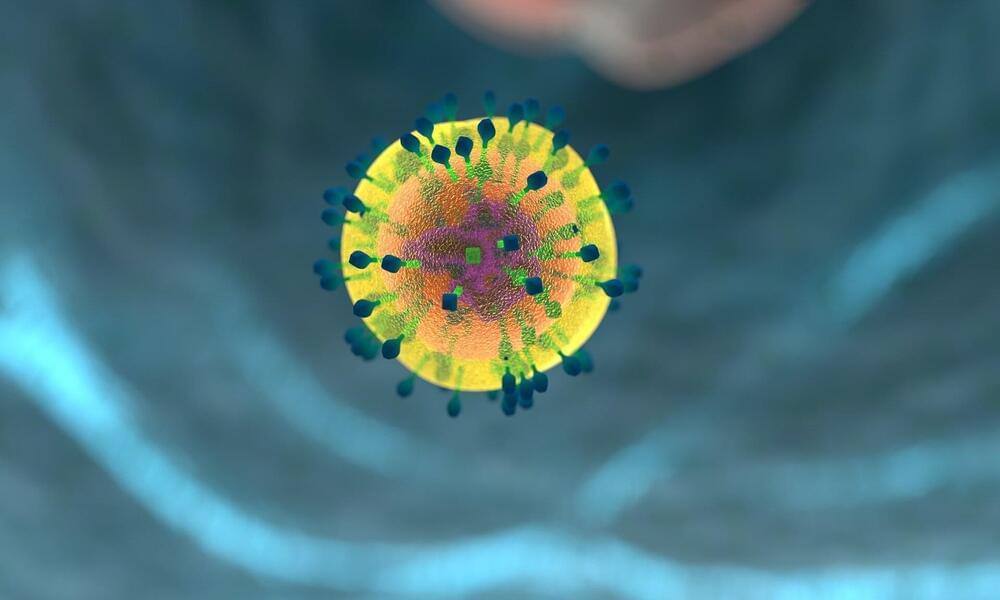That’s good news. Maybe there’s gonna be fewer super bugs springing up.
Researchers have developed a method that identifies bacteria easily, cheaply and more precisely than before. This can help reduce use of antibiotics.
Far too many antibiotics are used around the world. As a result, bacteria are becoming resistant.
Curing bacterial diseases is becoming more difficult than before, because antibiotics are perhaps our foremost weapons in the fight against them.








